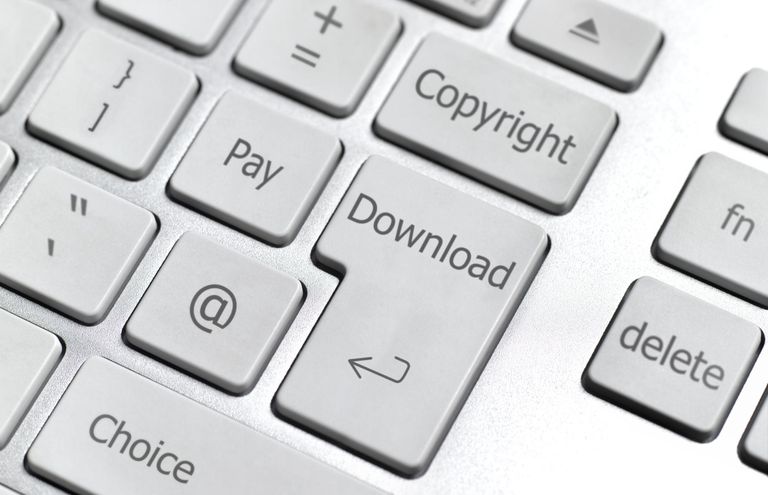

The Fair Use doctrine permits the limited use of copyrighted materials without first requesting and receiving permission from the content’s copyright holder. The doctrine is meant to balance the legal interests of copyright holders with the public interest, allowing for a defense to certain types of copyright infringement claims.
As a rule, using a 70-30 ratio of new and old content is considered to be an acceptable use format. Plus, journalists for smaller news outlets are encouraged to use more than one source for their reports. Also, the “always give credit where credit is due” rule applies more than ever to online articles. Linking to news sources encourages readers to visit the original news source to learn more about the story.
Modern copyright technology has come a long way from the early days of the internet. The pioneering days of the web were more of a wild west situation, with users self-policing themselves when it came to deciding on fair use and copyright violations. Modern times see automated systems that determine whether the content that users post is violating someone else’s copyright.
Media giant YouTube, for example, uses an automatic system that checks any video uploaded to their site for copyright violations. If uploaded content shows a match to content already on the site, the original uploader is notified. The user can then decide whether to block your content or monetize it, meaning that they get the money you might have made from ads.
While many would like to believe that the technology used by YouTube is foolproof, it most definitely is not and can sound copyright violation alarms when there is no basis for such an alert. (I have personally had this happen to me.) In addition, the service errs on the side of copyright holders when manual infringement claims are submitted.
Large media outlets of other types also have similar systems in place, be they automatic or of a more manual nature with humans searching the web for content that might match their employers’ content.
The European Union’s recently approved copyright directive could prove to hamper online creativity and freedom, due to its possible effect on everything from Google search results to user-generated content on Facebook, YouTube, and other social and content sharing networks.
Several critics of the directive claim it will open up internet users to abuse by copyright trolls. Social networks will be required to individually scan each upload to determine whether or not it violates copyright. Smaller social platforms could find it expensive to implement the costly technology this would require, leading to smaller services possibly shutting down.
Critics also claim lawmakers could use the new rules to force online sites to approve the removal of videos, images, and any other content they find “offensive.” They fear the rules could lead to an online environment such as the one found in Russia, where some users now face charges of extremism for the posting of political memes and other content on social media.
Smaller online news outlets don’t have the resources to allow for an extensive reporting and research staff, so much of their online content is sometimes “borrowed” from larger news outlets. While this is generally considered a standard action by the smaller outlets, larger news outlets that are used as sources bristle at the thought of their content being reprinted by the smaller outlets.
Although modern copyright technology can be somewhat of a hindrance to smaller journalists, it can also help them. By using services such as Grammarly, journalists can immediately tell if their content could be considered plagiarism against the content of other online news outlets.
By merely taking a few moments to copy and paste their article into a service such as Grammarly, journalists will receive a report about which parts of their article could be considered to be infringing of other websites’ content.
A free and open internet is a requirement in today’s world in order to eliminate barriers that could prevent the flow of information to users around the world. Copyright rules and the technologies being used to enforce such regulations can have a chilling effect on the freedom of content on the web.
Today’s online journalists walk a tightrope between fair use and copyright violation. Unfortunately, the difference between fair use and copyright violation is in the eye of the beholder, and on which side of the tightrope that observer resides.
Bill Hess is the founder of Pixel Privacy. Whether it be one of our in-depth guides or our expertly crafted “how-to” articles, we’re here to show you how to stay safe online.
Photo: Peter Dazeley
Two intrepid journalists embarked on an investigation into the unjust conviction of a Czech man,…
Every year, a journalism class at a Vienna-based university unearths attention-grabbing stories. The idea of…
The decision sets a dangerous precedent, giving authorities the power to fine media as they…
With the foundation recognized as a major supporter of independent journalism, its decision is bad…
The closure of Tele Liban raises concerns about the future of the station and its…
The arrest of Mehdi and Majid Nikahd serves as a stark reminder of the challenges…